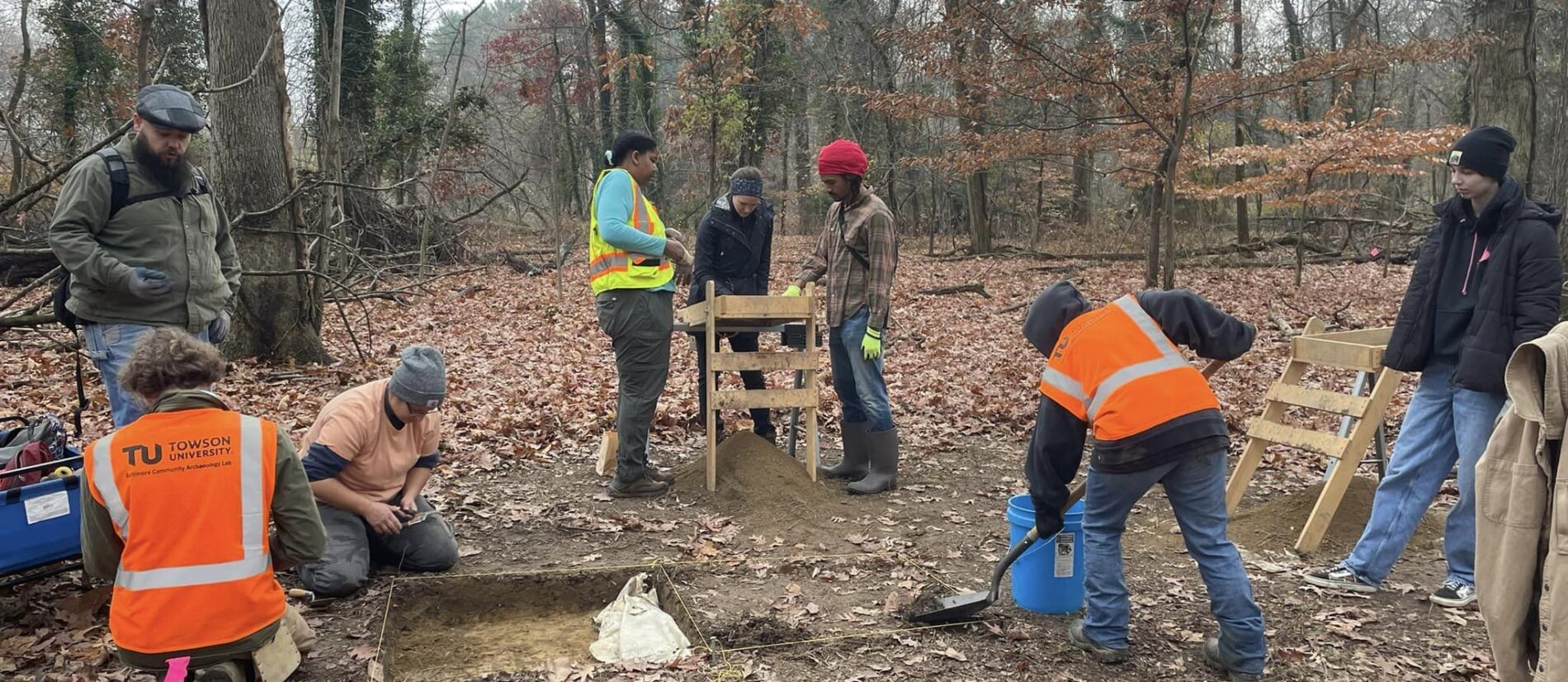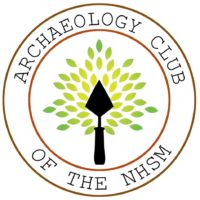From as early as circa 9500 B.C.E groups of people occupied the banks of Herring Run on land that is presently known as Herring Run Park. Over time, the land was developed by farmers, millers, and country estate holders whose industries supported the economy of Baltimore City and its surrounding areas. In October 2023, the newly established Baltimore Community Archaeology Lab began an extensive survey of Herring Run Park, funded by a Non-Capital Historic Preservation grant from the Maryland Historical Trust. Two undergraduate students, led by a project manager, conducted a Phase I survey of areas of the park that have yet to be systematically investigated. In addition to this fieldwork, the Baltimore Community Archaeology Lab has been dedicated to involving the community with the project and hosting community outreach events. Our findings will help us understand what groups inhabited this urban green space and how they utilized the landscape.
This meeting of the NHSM Arch Club will take place on Zoom. To receive the Zoom link and passcode, register for the event.
Natural History Society of Maryland’s Archaeology Club promotes the value of archaeology in Baltimore City, Baltimore County, and surrounding areas. The goal of the Archaeology Club is to educate citizenry in the ethics, methods, and artifact preservation methods of archaeology and how archaeology can be used to document, discover, and promote local history. The Archaeology Club is inclusive to all persons who have an interest in archaeology.
If you are an archaeology enthusiast, please consider joining us. You must be a member of NHSM to join any of its clubs. Follow this link to learn more: https://www.marylandnature.org/club-membership/
The Natural History Society of Maryland is a volunteer-led non-profit organization, so the fee you pay will go directly to support the programs, the nature collections, and the building that make this kind of nature education possible.


